10 Real-life Cases Where Children Are Saved by Allergen Labels
Today, the number of children in Australia with food allergies is growing at an increasing rate. This means that more and more Aussie kids need careful planning and monitoring to keep them healthy and away from allergens. At school everyone has a very important responsibility in helping to be allergy aware. Teachers, parents and carers must stay well informed.
Here are 10 tips to use in allergy planning for your child at school.
1. Make sure the school is aware of your child’s allergies
Before the first day of school communicate with all staff members everything they need to know about your child’s allergy. A meeting should be arranged with your child’s grade teacher in private to inform them of your child’s allergies and how you want them managed. They can then pass on all necessary information and management plans to other staff members including the principal, canteen staff and substitute teachers. Important information to share includes:
- What type of food allergy your child has – i.e., peanut, dairy, shellfish…
- Provide instructions to the school nurse and other school staff how to use an Epi-Pen (epinephrine injection) for serious allergic reactions such as anaphylaxis
- Create an emergency action plan for all types of allergic reactions (see point 4)
- How to safely store food (don’t mix allergen foods and ‘safe’ foods)
Creating awareness about food allergies greatly helps to prevent problems arising in the first place
2. Carers outside of school also need to be allergy aware
Carers and minders outside of school are just as important in ensuring a food-safe environment for your child.
These people include:
- OSHC (Out of School Hours Care)/Vacation Care staff)
- Friends of parents
- Babysitters/child minders
- Outside school friends (see point 7 – sharing food with friends)
As with school staff, all of these carers must be carefully briefed on your child’s allergies (see point 1).
3. Use allergen labels to identify kids with food allergies
Specialised allergen labels are an effective way to advise carers in and outside the school as to what foods carry allergy risk and what actions to take. Such labels include:
- allergy stickers for lunchboxes and canteen meals
- iron on clothing labels for uniforms and bags
- name label stickers for specifying the person and allergy
All of these allergen labels and stickers for kids are easily purchased in Australia, taking a lot of the prep work out of school allergy planning for your kids.
4. Set up an emergency action plan in the case of allergic reactions
- Educate all carers:
On signs and symptoms to look for when your child is having an allergic reaction - so carers can act quickly
What the serious signs to look out for are in case emergency assistance is required (hospital/doctor/epi-pen) - Try to have someone nearby who is well-informed about your child’s particular allergy
- Always instruct your child to ‘speak up’ if they are feeling unwell in case it is allergy related
5. Always have emergency contact details on hand whenever your child is in the care of others
- Ensure your child is wearing a medic alert bracelet (if necessary)
- Make contact details for school’s medical staff easily accessible
- Doctor’s contact details
6. Inform your child’s friends and classmates about your child’s allergies
At a young age, it can be hard to educate school friends about food allergies. You should find an appropriate time and place when educating your child’s friends about your child’s allergies. Refer to the advice below.
- Inform class members and friends individually (not in front of an entire group)
- Gently inform friends/classmates (as to not single out your child for their differences and embarrass them)
- Advise friends of the seriousness of allergic reactions
- Ensure teachers are sending out the same message as at home
- See also “point 7”
7. When your child’s friends want to share food with your child
- Before your child begins school, engage in a teacher-student intervention - to educate how food sharing can be ‘very dangerous’ for students with allergies
- Create mutual understanding by asking your child’s friends questions like:
“Have you ever been really sick before? I’m sure you don’t want your friend to be that sick too” - Discourage food sharing as a policy and as a duty of care.
8. Always provide necessary supplies to prevent the spread of allergens at school
Prevent allergen contamination of foods in OSHC kitchens and school canteens by:
- Clearly label food for children who have a food allergy - use allergen labelling and name labels (point 3) on lunch boxes, snack packs, canteen order wrappers etc
- Ensure allergen-based food types are placed in separate areas - for kids with and without allergies (i.e.) consider separate lunch containers, storage fridges and pantries/cupboards (at OSHC)
- Store non-alcoholic hand wipes and monitor hand washing
- Have on hand separate kitchenware for preparing allergen-based foods
9. Meet with canteen cooks and food staff to ensure they are also allergy aware
Another important part of preplanning before school starts (point 1).
On days when lunch and recess aren’t brought to school, setting aside a time to inform canteen staff of your child’s food allergies can avoid any additional ‘slip ups’. The same preplanning here can be applied for school excursions and camps.
10. Regular checks with your family GP to monitor the changes in your child’s food allergies
Many children can actually grow out of their food allergy and when this occurs it’s worth informing everyone who needs to know. Regular checks with the family doctor will help to identify this and can also aid in picking up new food allergies (usually found at an early age).
Share this post, Hit on social buttons!
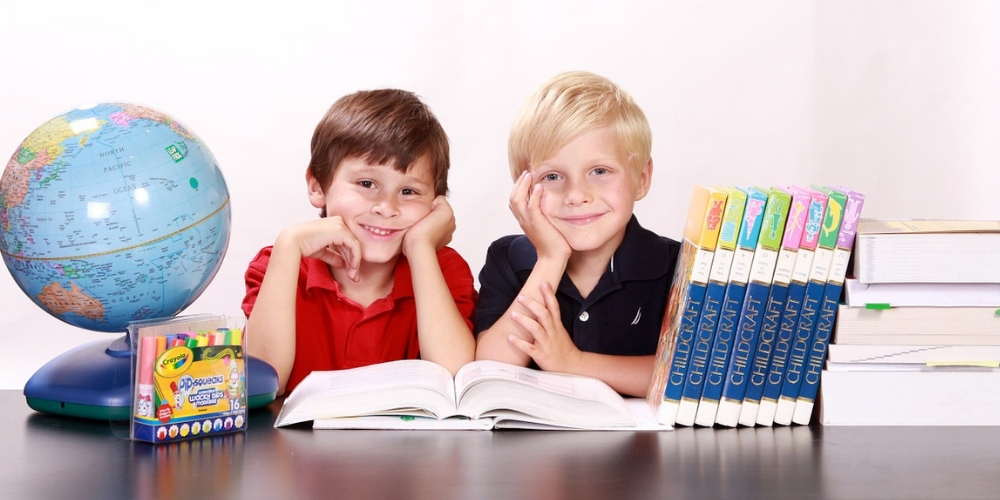

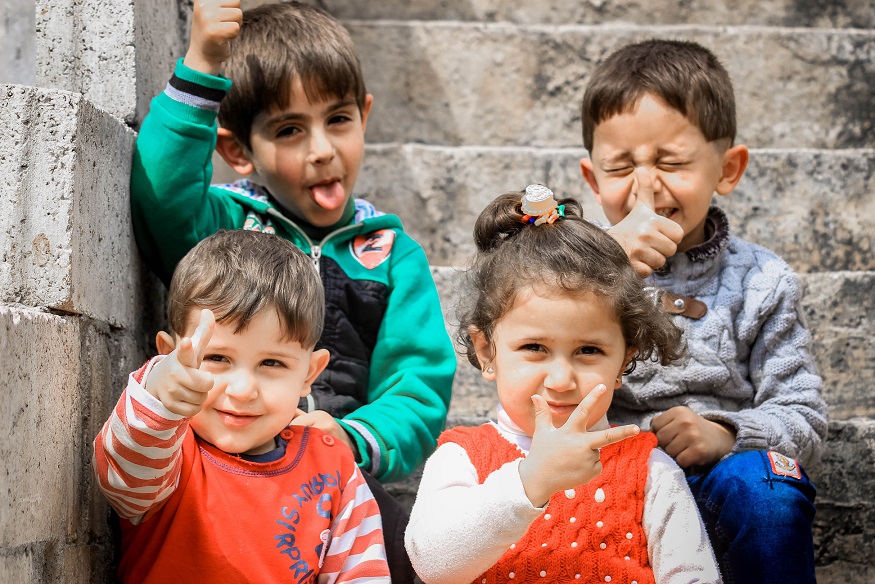






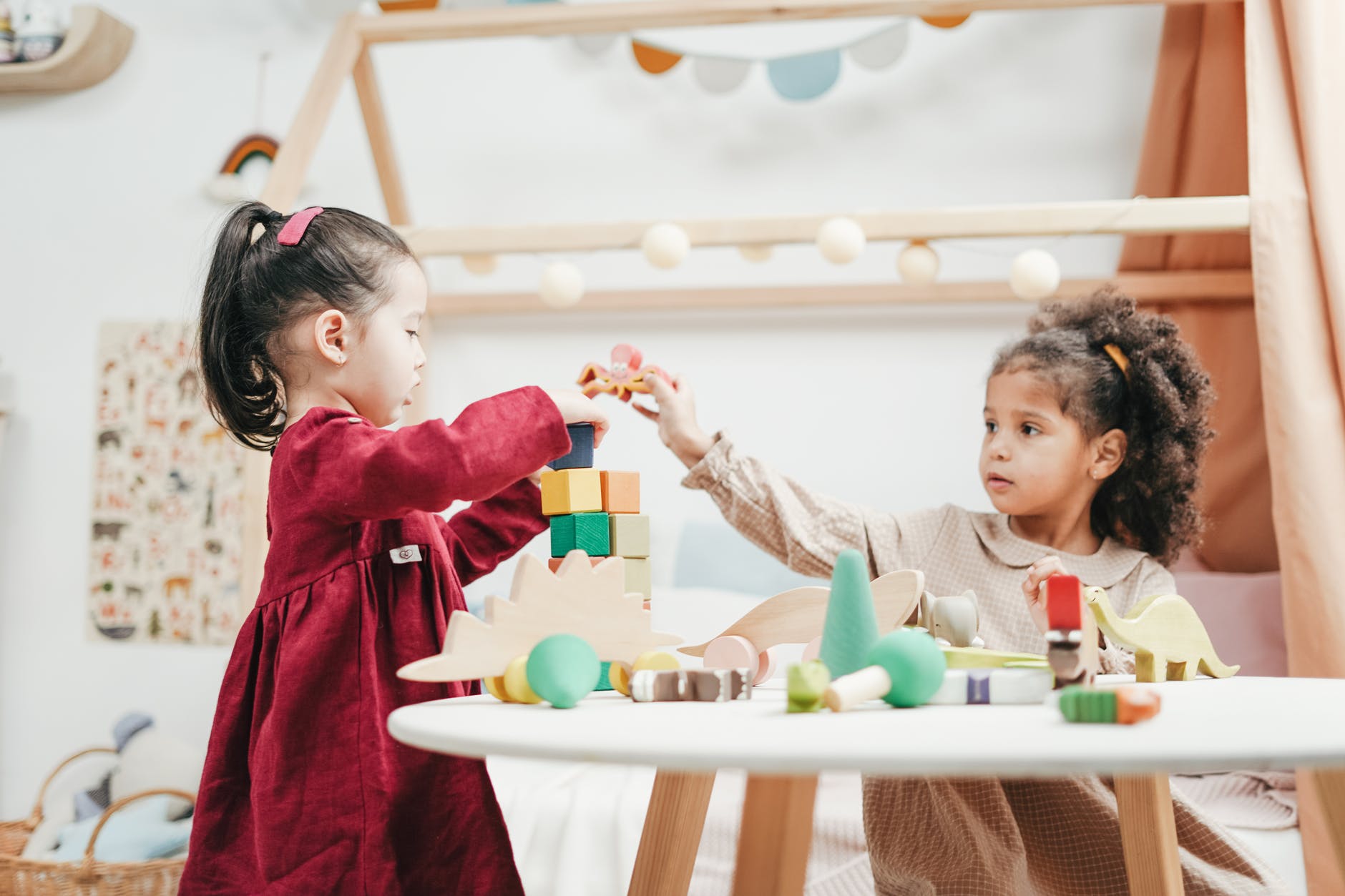


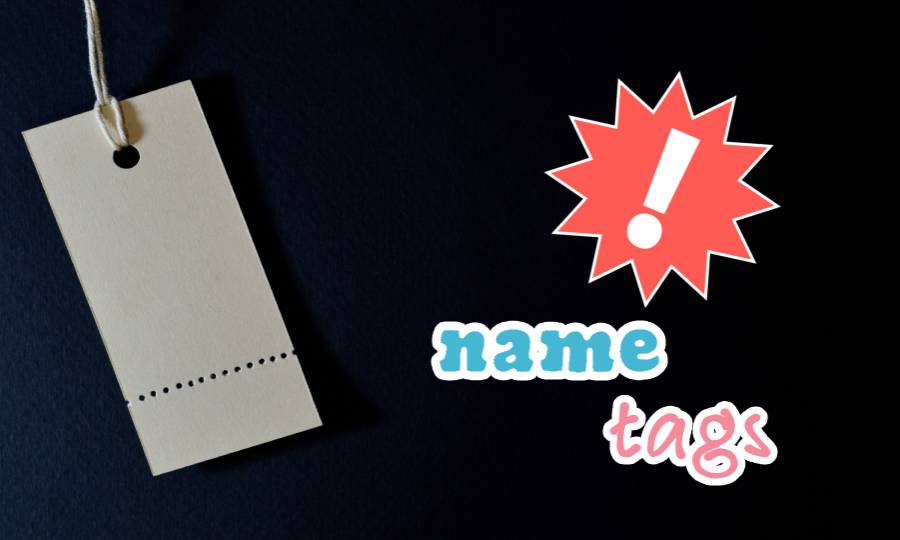
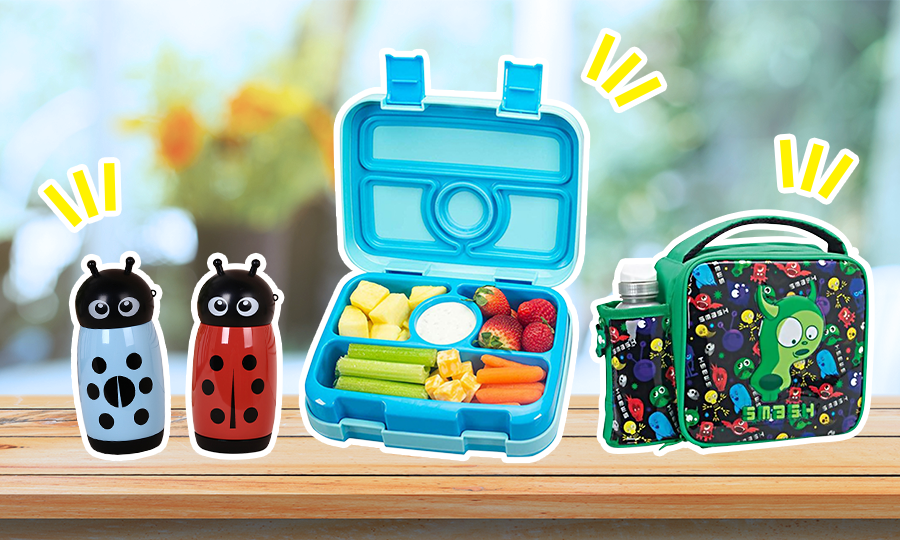
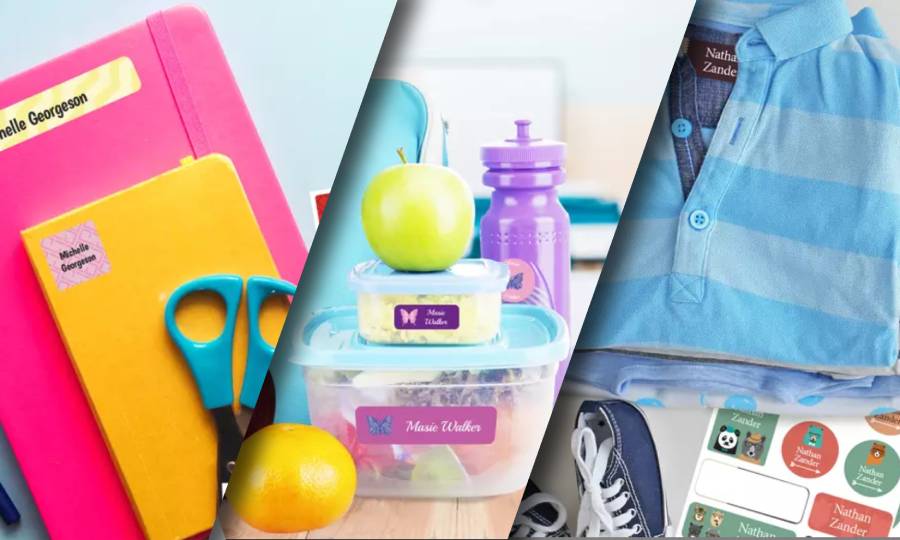



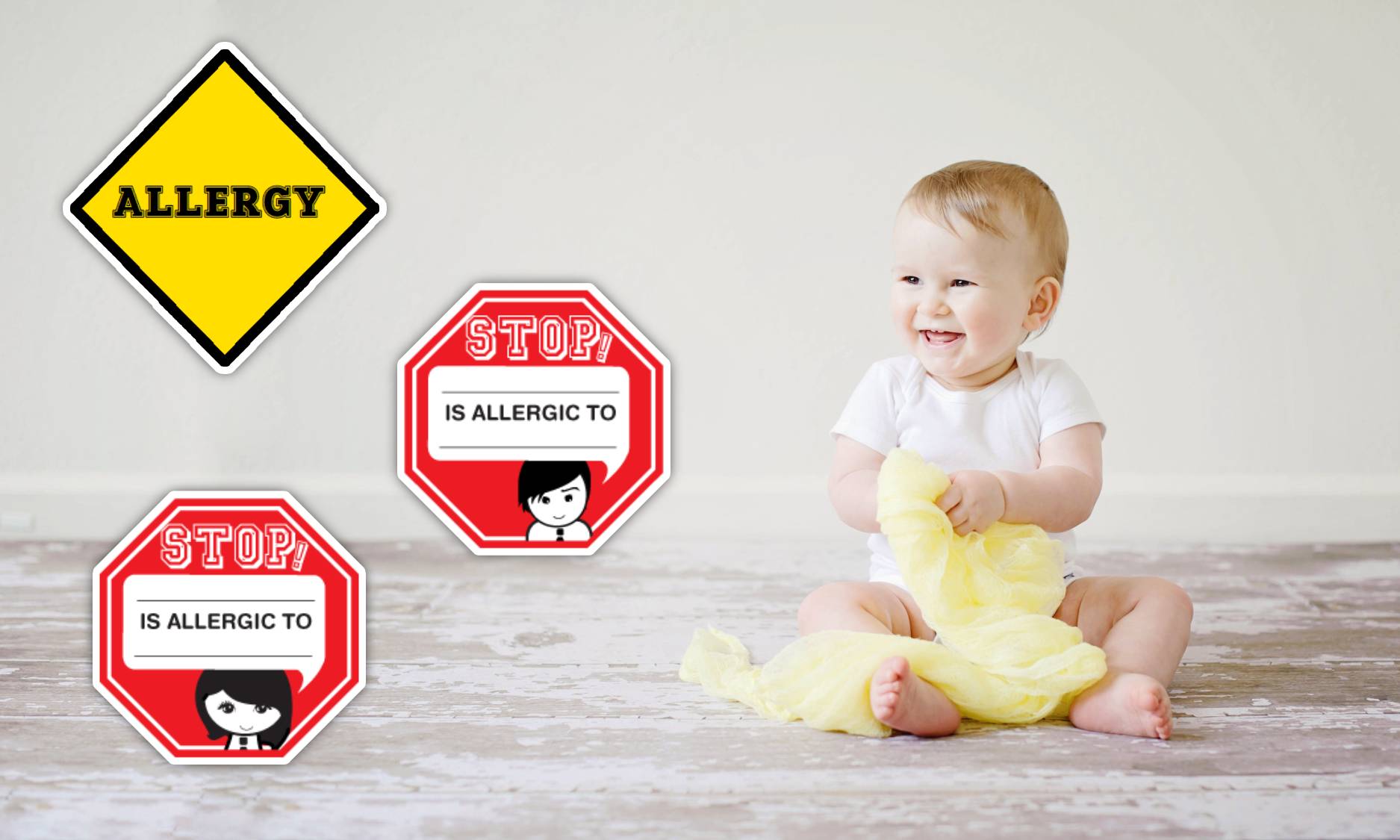

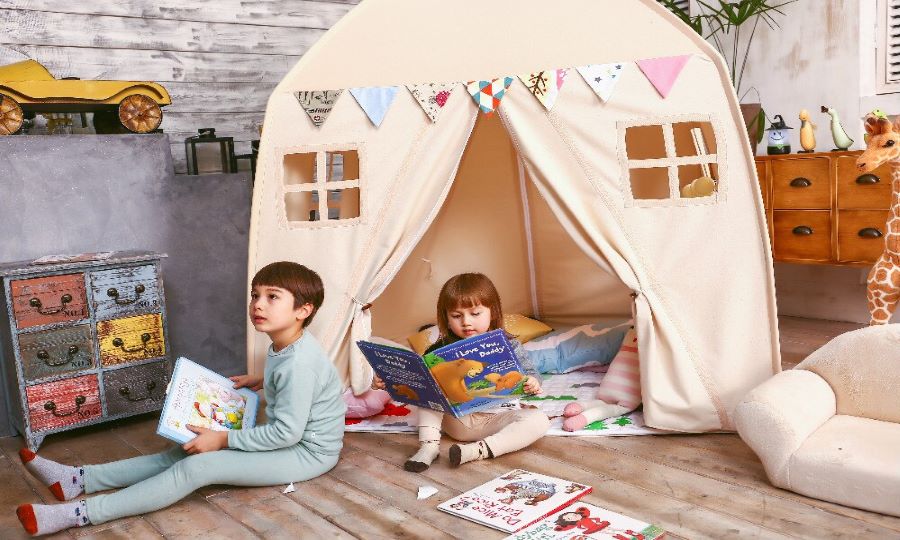



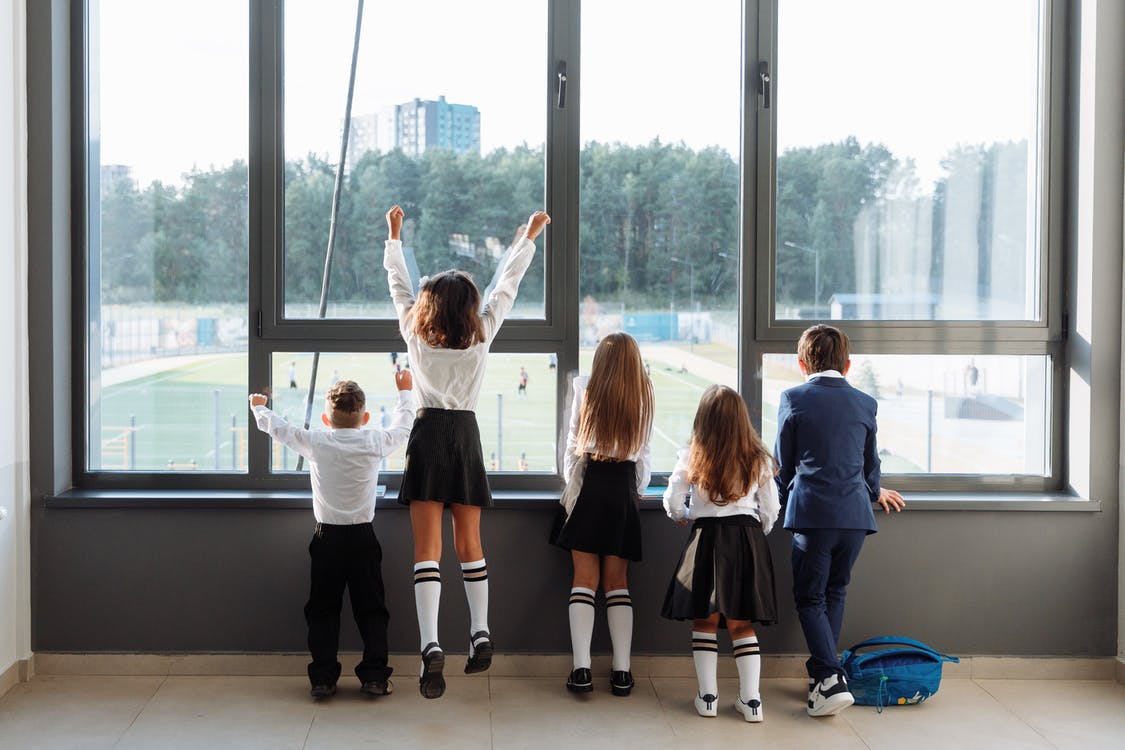




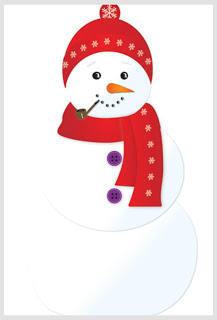
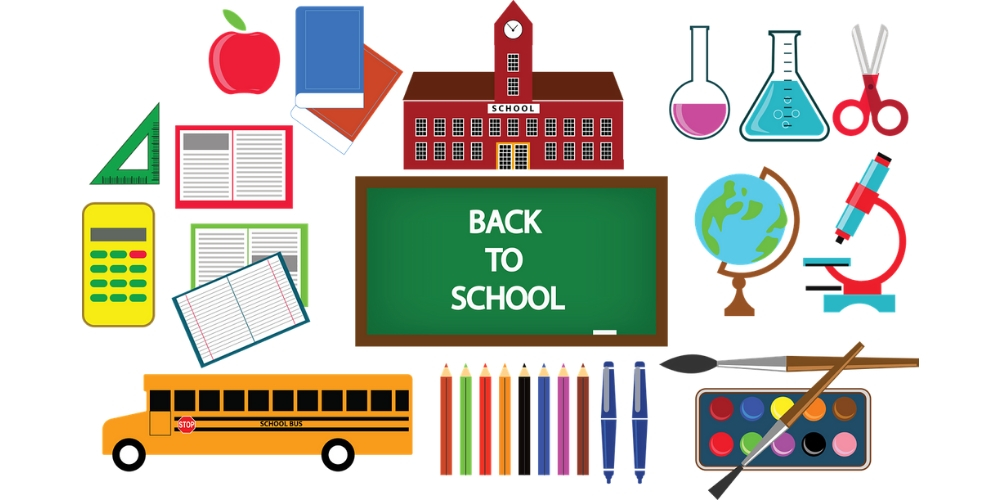

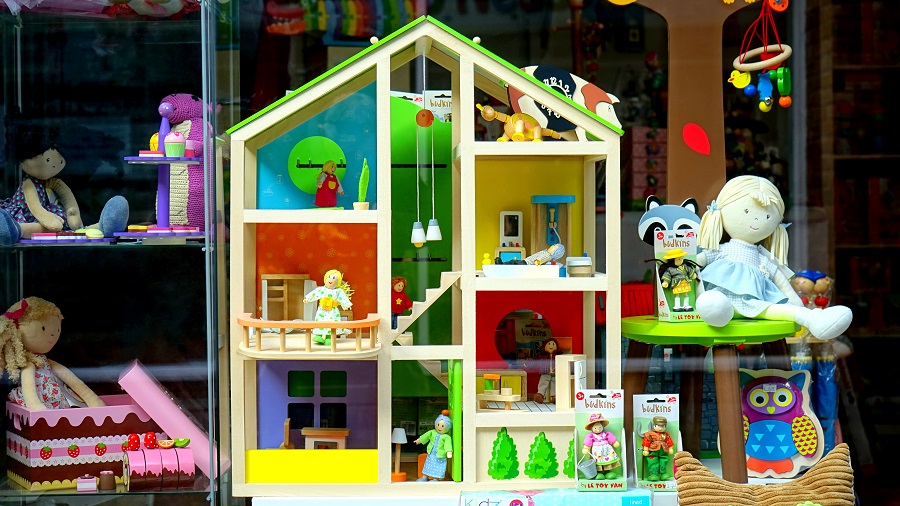
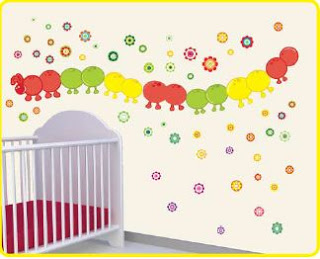


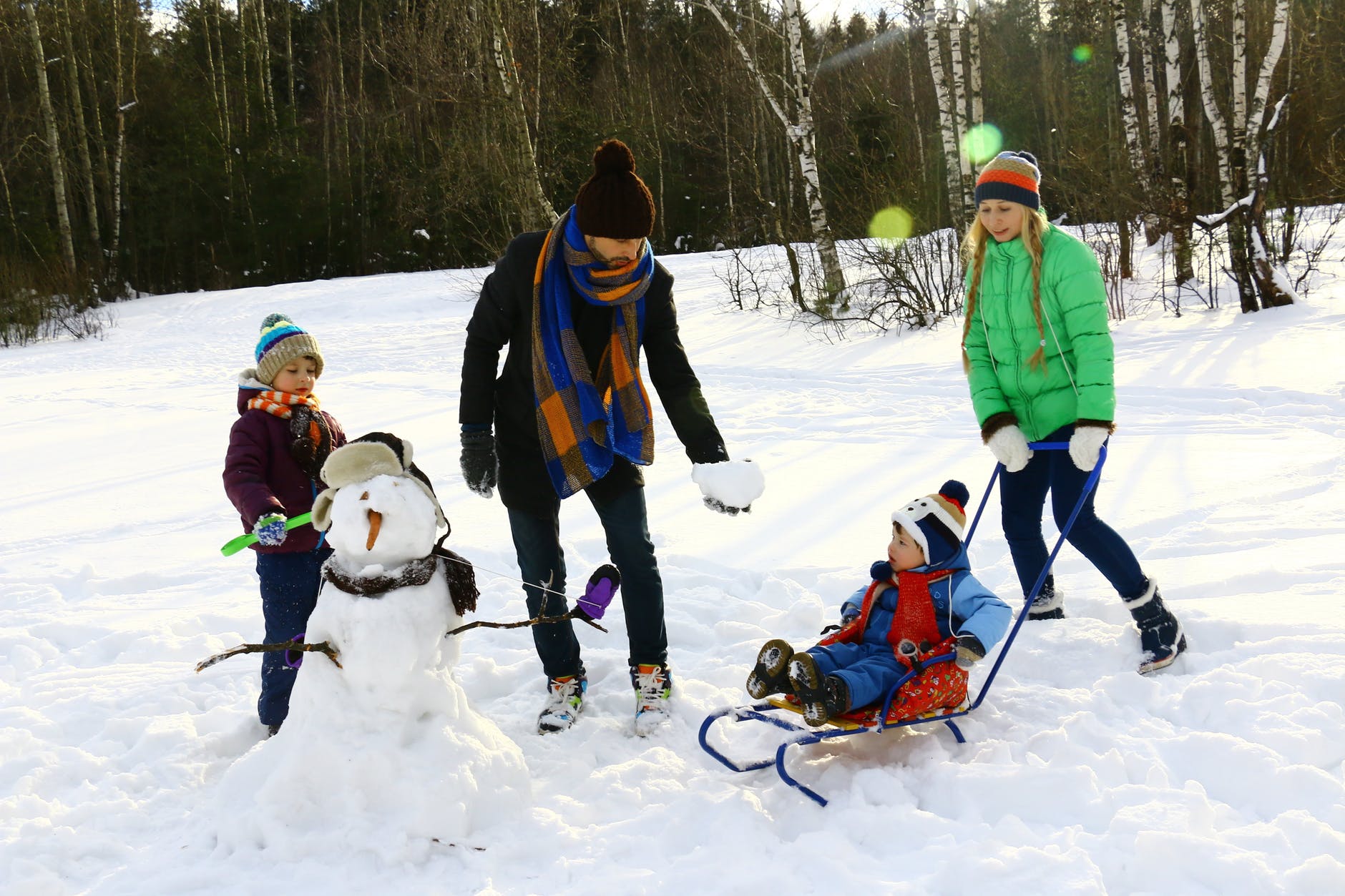

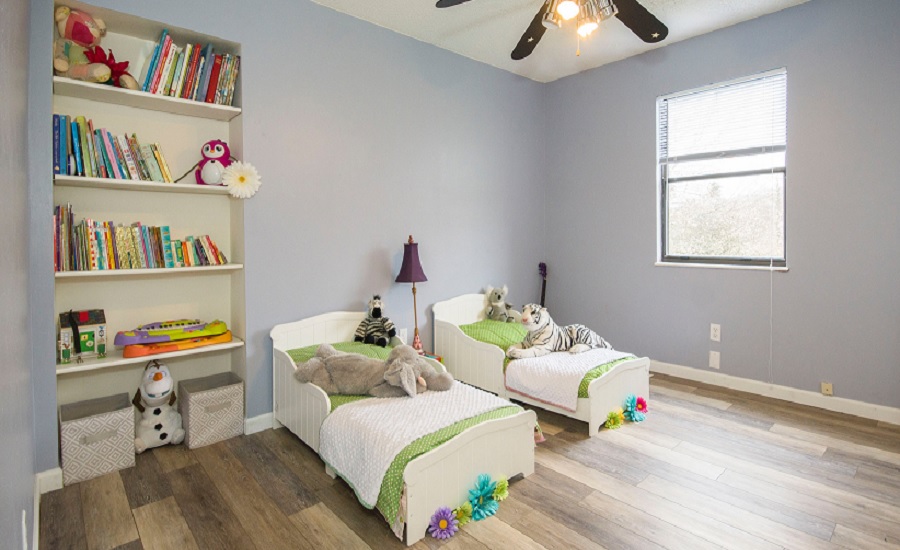
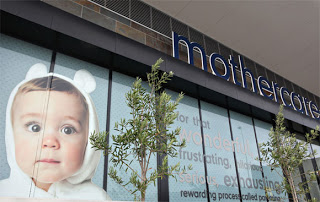


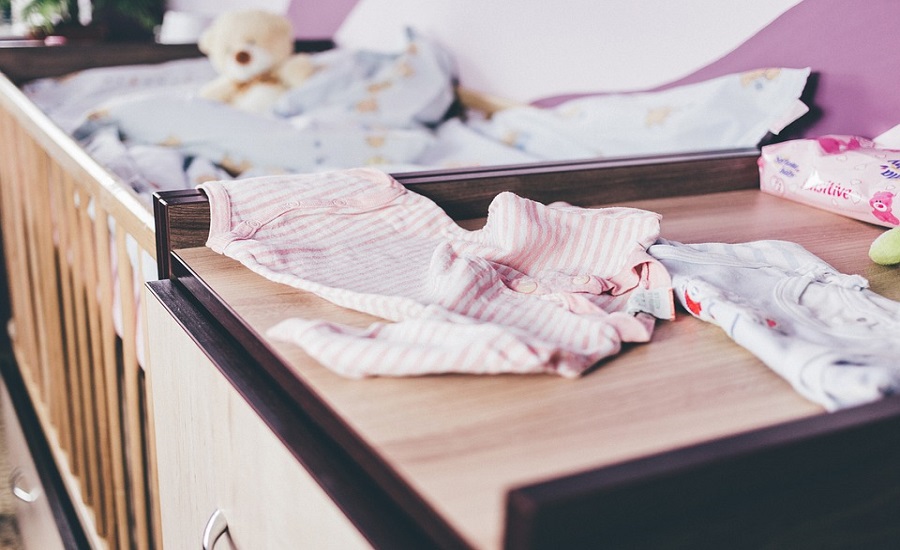

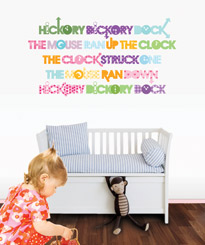
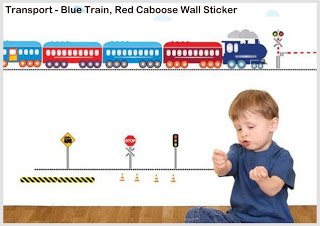

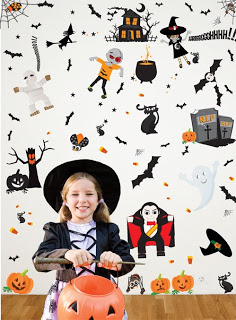
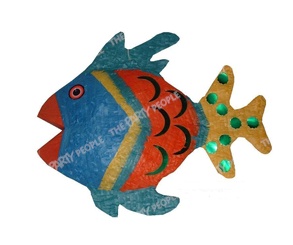
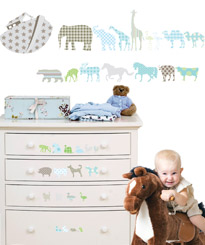


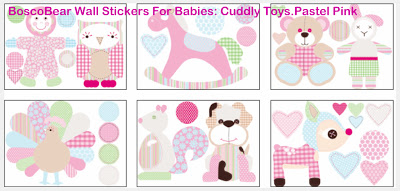


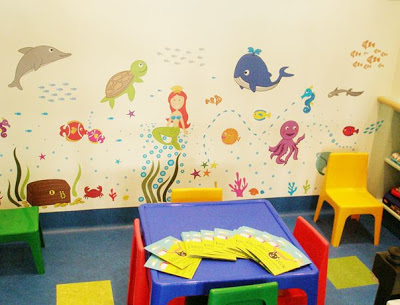

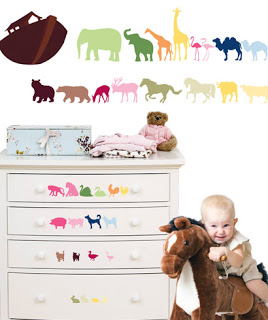

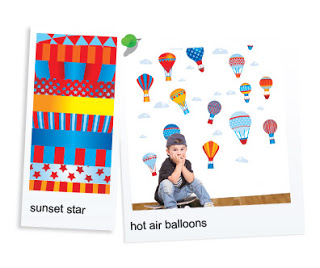



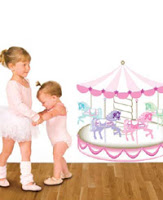
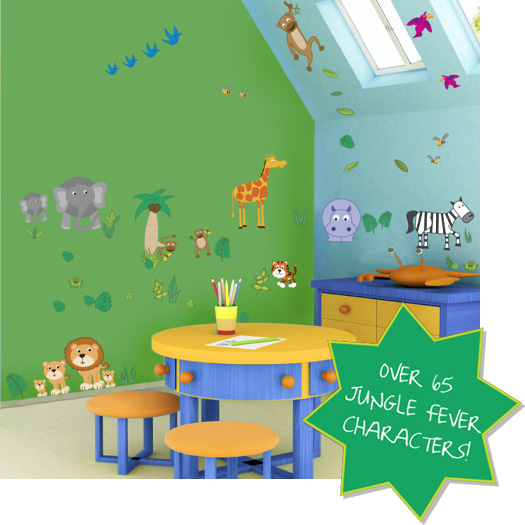
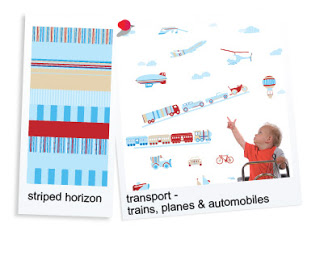




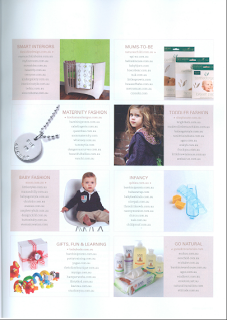
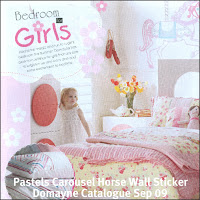
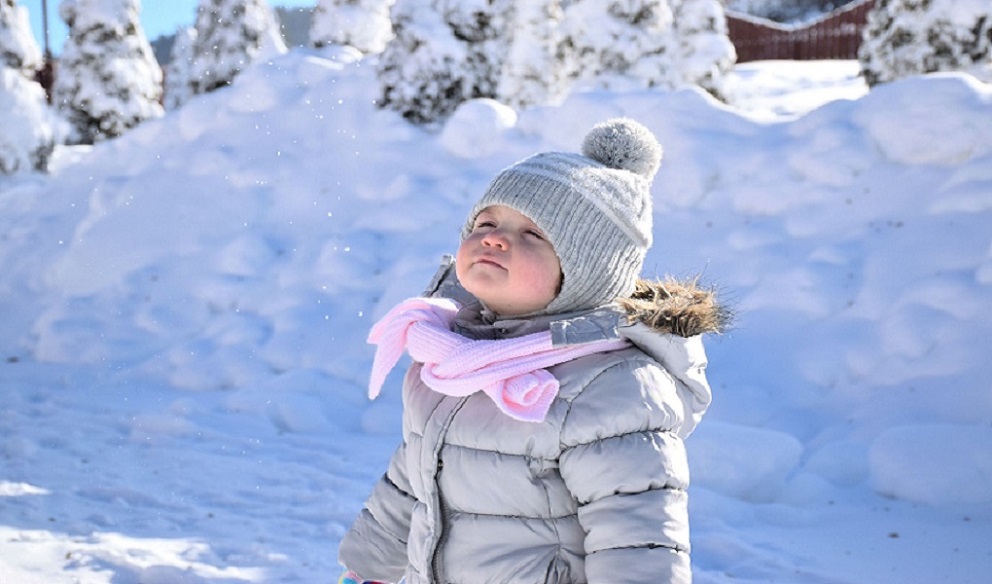


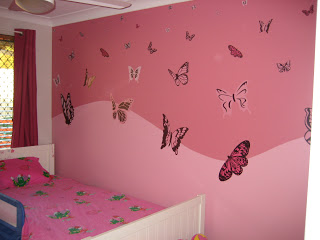


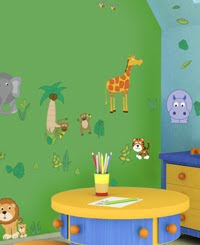
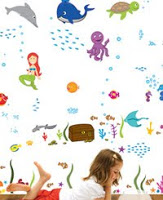
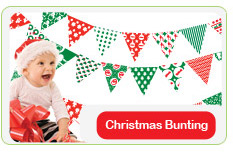
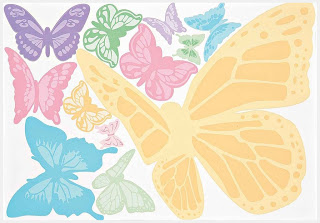




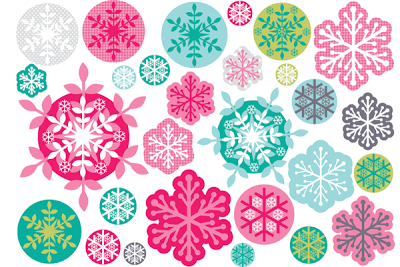
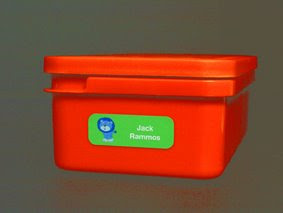
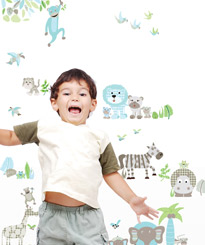
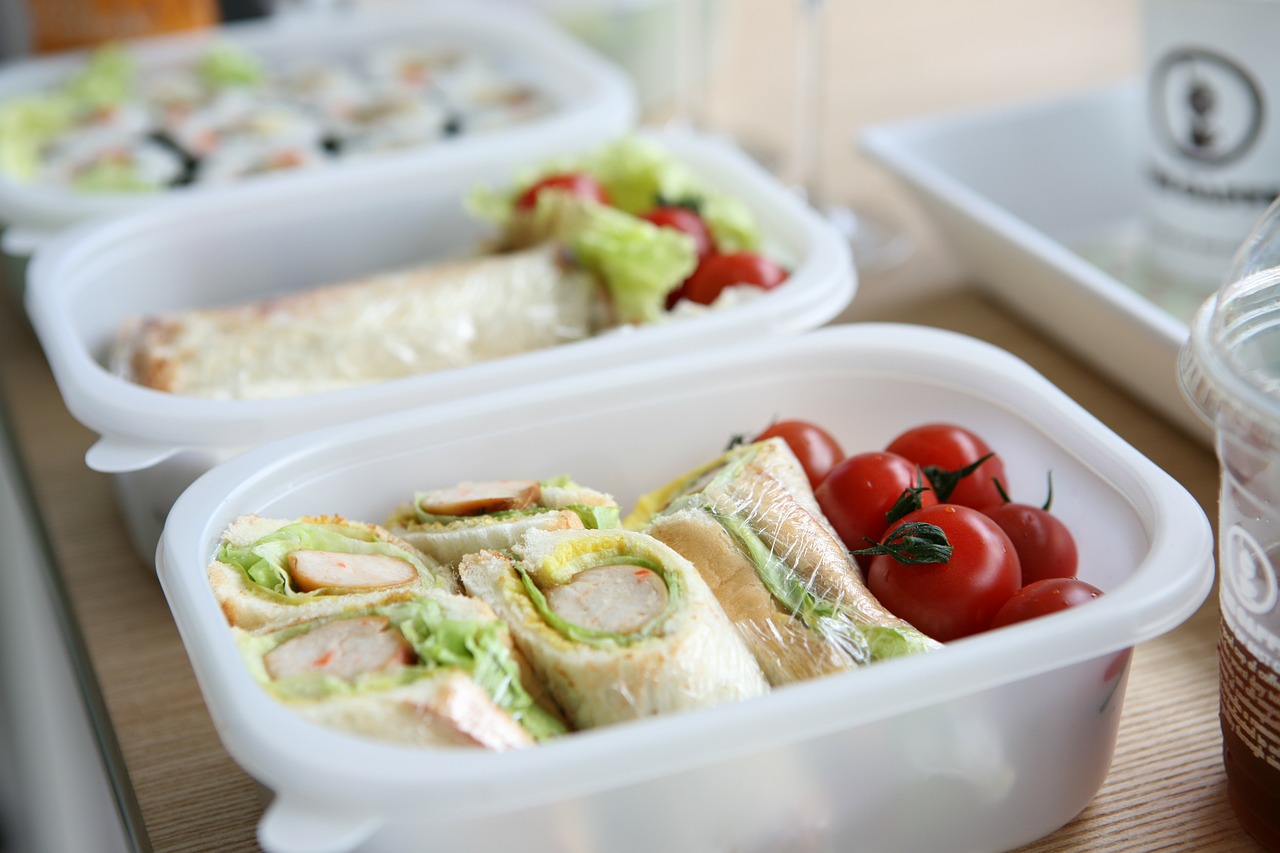
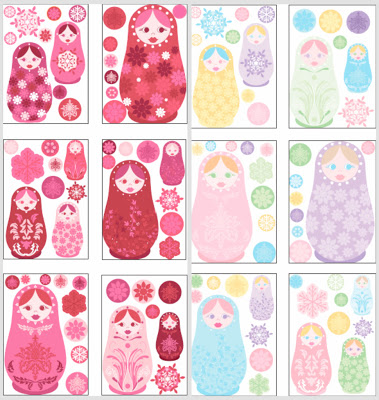

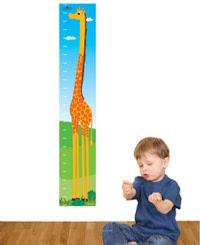

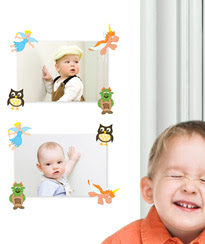
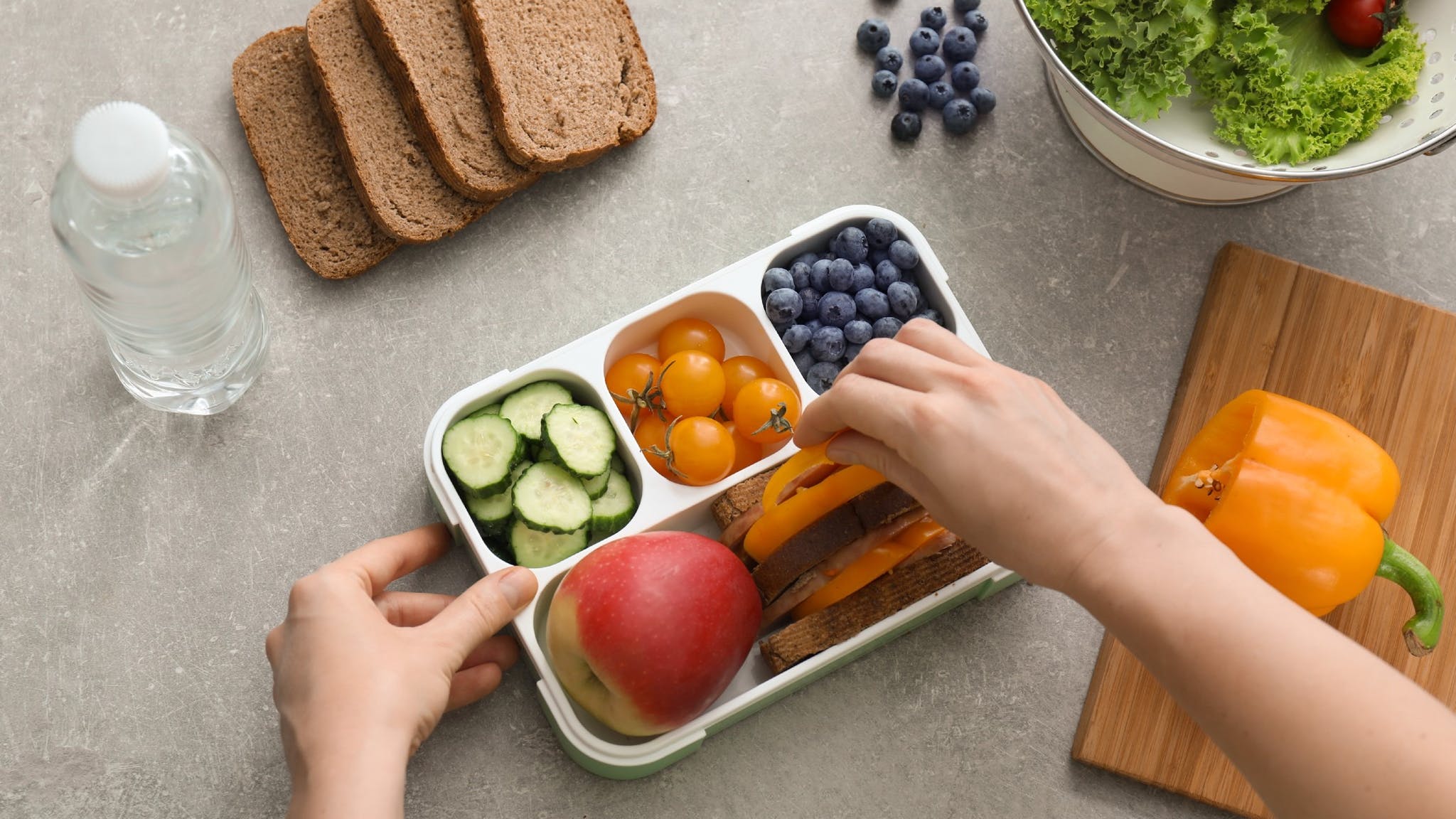
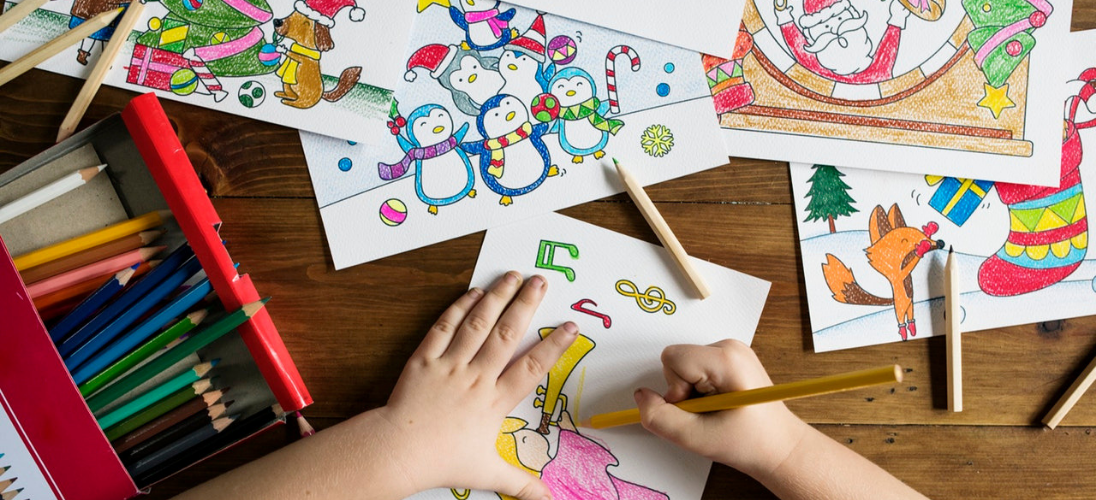
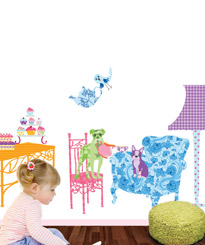
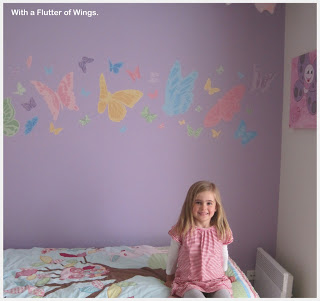


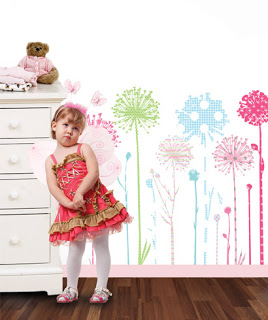



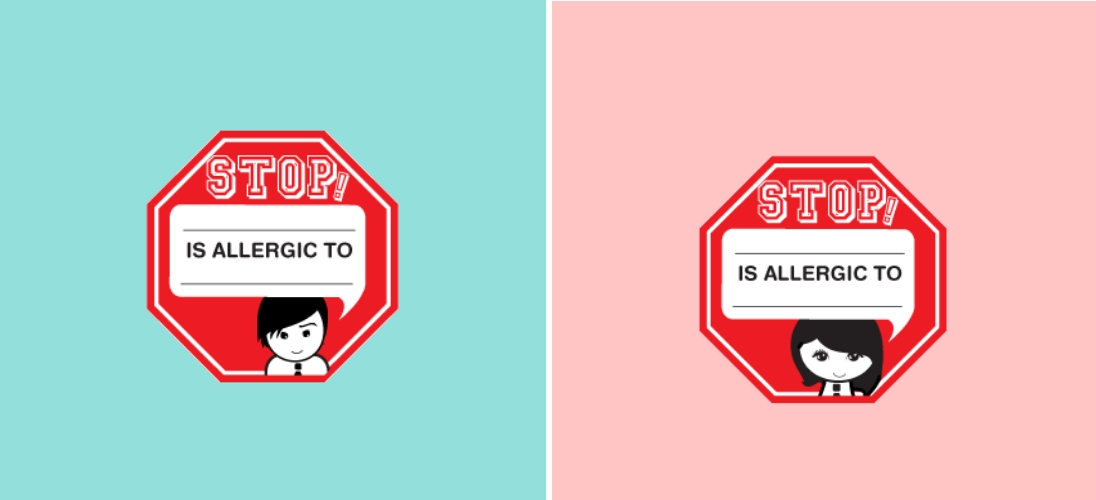

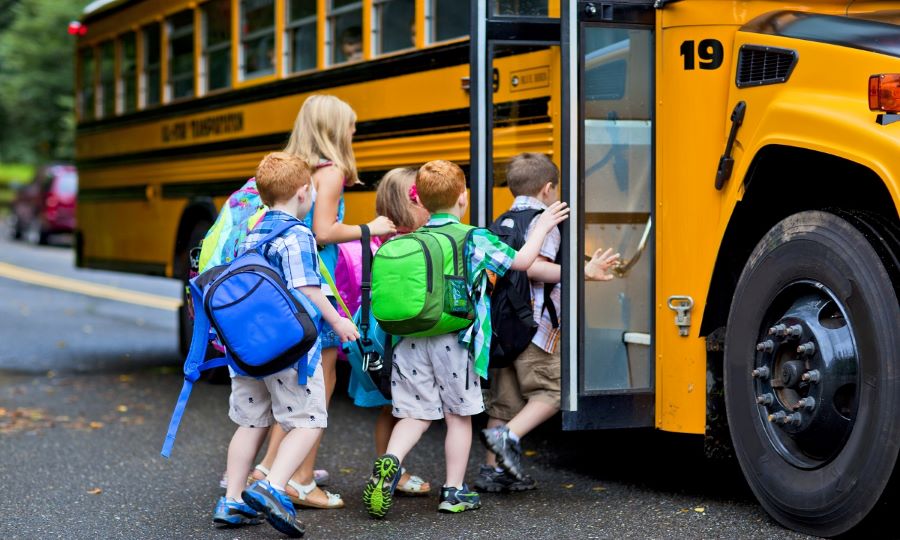
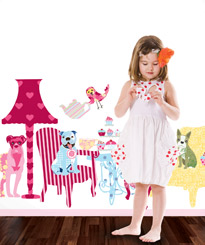
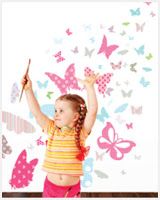


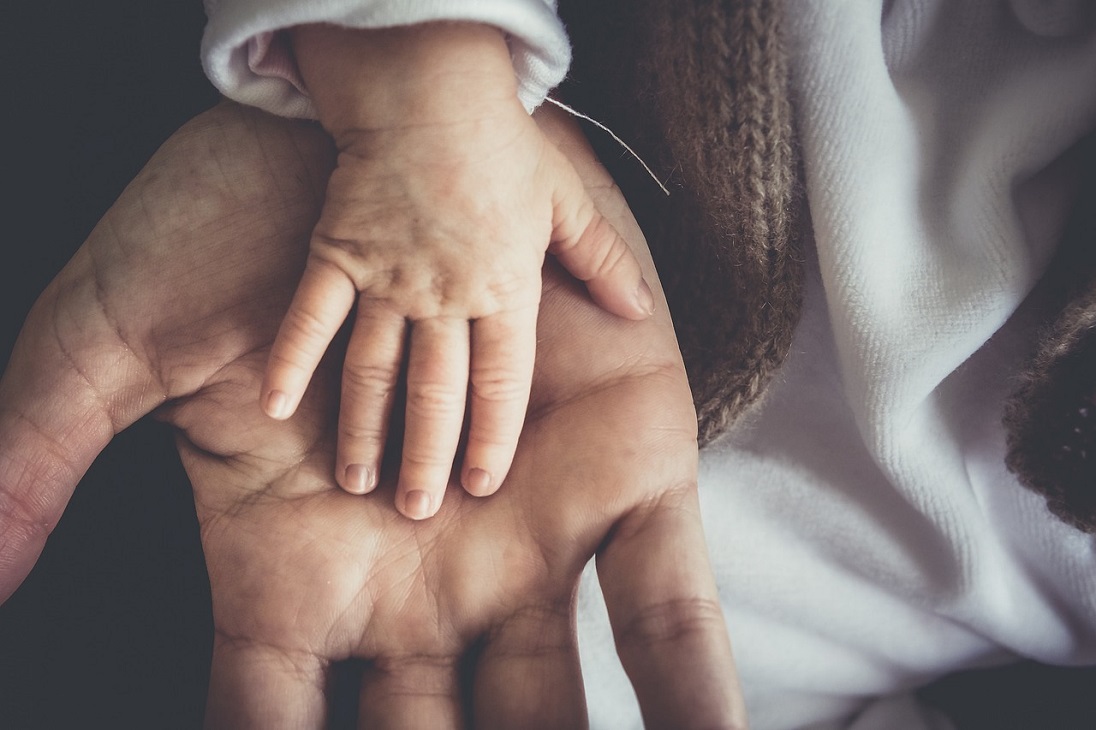


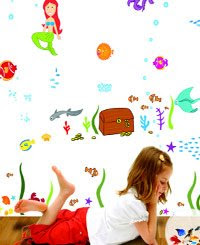

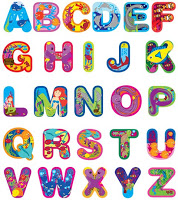




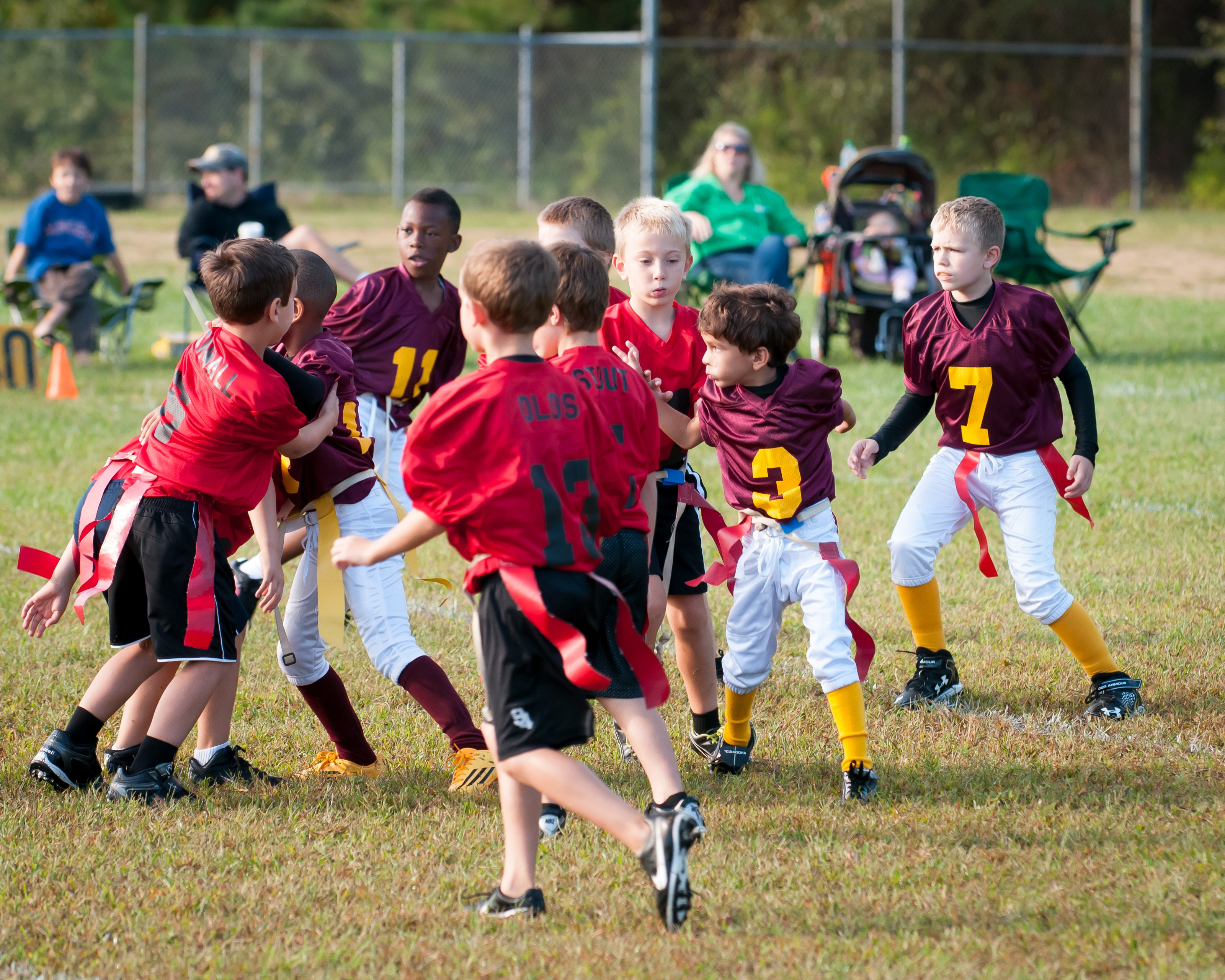
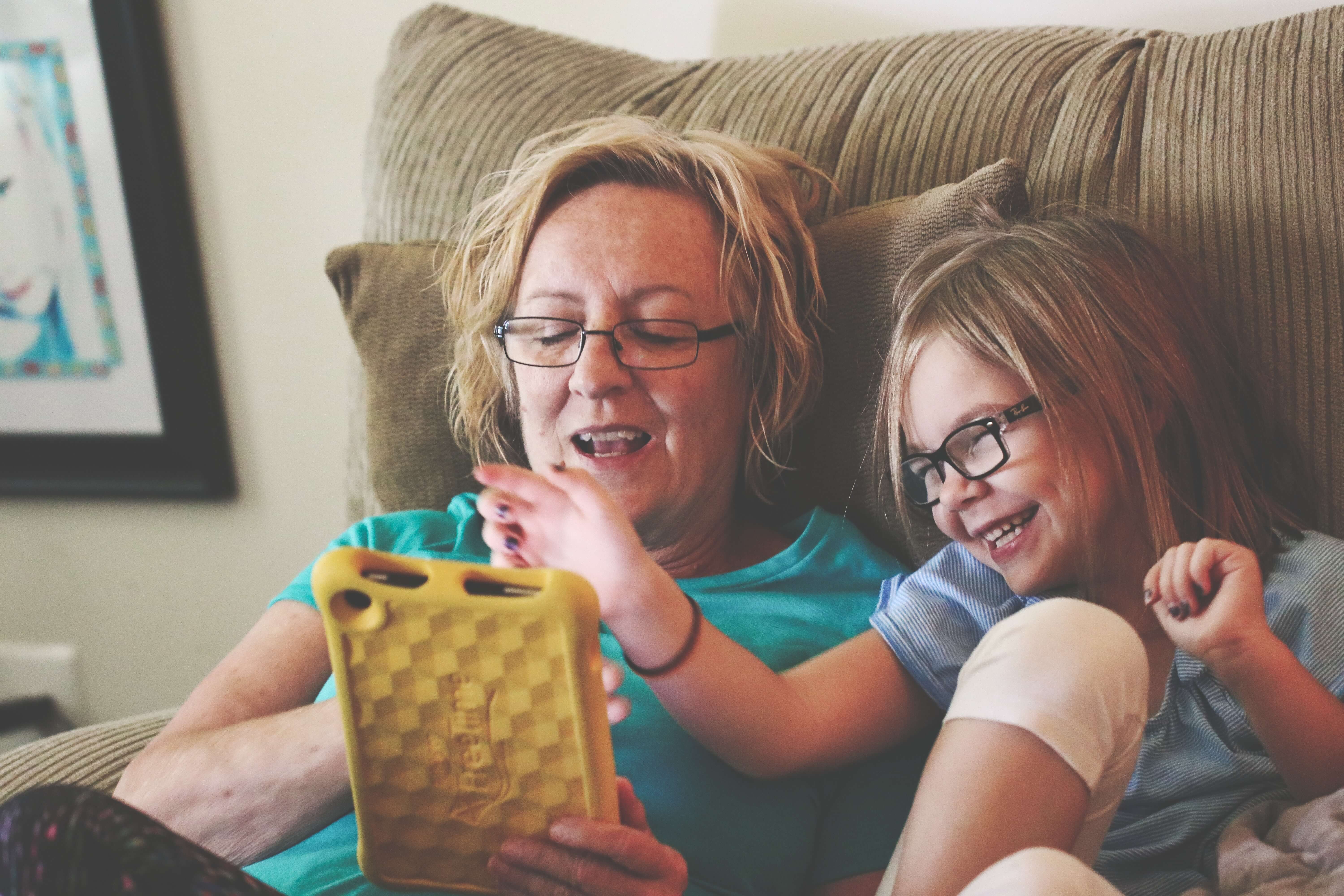






























































































































Categories
Tags
